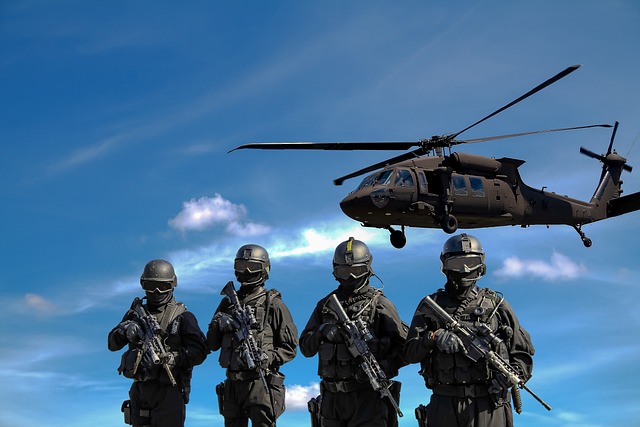Conscription, also known as the draft, is a system used by governments to forcibly enlist individuals into their armed forces. It is a contentious issue that has sparked debates and controversies throughout history. Conscription serves as a means for nations to rapidly increase their military capabilities, creating a larger pool of potential soldiers during times of war or national emergencies. This article will provide an overview of conscription, its historical context, and its significance in different parts of the world.
Consistency in conscription policies is not universal, and it varies widely depending on the country. Some nations have mandatory military service for all citizens, regardless of gender, while others implement selective conscription based on certain criteria such as age, physical fitness, or skillsets. There are also countries that have abolished conscription due to shifting security dynamics and increased reliance on professional volunteer armies.
The practice of conscription has deep historical roots, dating back to ancient times. Throughout history, various civilizations have utilized conscription to strengthen their military forces. For instance, ancient Greece employed the system of hoplite conscription, which involved enlisting citizen-soldiers equipped with the iconic hoplon shield and spear. Similarly, the Roman Republic relied heavily on conscription to recruit legionnaires, ensuring a formidable military machine that played a crucial role in expanding their empire.
Modern conscription as we know it emerged during the French Revolution. In 1793, the Committee of Public Safety proclaimed conscription as a measure of “general mobilization of the nation.” This marked a significant shift in the paradigm of warfare, where nations began to view the population as a potential resource rather than solely relying on professional soldiers and mercenaries.
One of the most well-known examples of conscription is the selective service system implemented in the United States during World War I. The Selective Service Act of 1917 required all men between the ages of 21 and 30 to register for potential military service. This marked a departure from the previous volunteer-based system and was met with resistance by some segments of the population. The selective service system was reinstated during subsequent conflicts, such as World War II, the Korean War, and the Vietnam War.
On the other hand, countries like Norway, Sweden, and Israel have implemented a different form of conscription known as mandatory military service. These nations require both men and women to serve in the military for a specific duration after reaching a certain age. The reasoning behind this system is to ensure a broad foundation of military skills and knowledge across society, as well as promoting gender equality by involving women in national defense. Mandatory military service has become an integral part of the social fabric and identity of these countries.
Conscription remains a topic of debate, with arguments both for and against its implementation. Proponents argue that conscription fosters a sense of national unity, provides a fair distribution of defense responsibilities, and ensures a broad national defense capability. It also offers valuable training, discipline, and skills to individuals who may not have considered military service voluntarily. Moreover, conscription can contribute to youth development, building strong character traits, and shaping responsible citizens.
However, critics argue that conscription infringes upon individual rights and personal freedom, forcing individuals to undertake a significant obligation against their will. They also highlight the potential inefficiency and costliness of training large numbers of conscripts who may not possess a genuine interest in military service, thereby diverting resources from other essential sectors. Additionally, opponents argue that professional armies comprising highly motivated volunteers are more effective, as they demonstrate a greater commitment and dedication to the defense of their country.
In conclusion, conscription is a complex and multifaceted system used by governments to fulfill their military manpower needs. Its historical significance and contemporary relevance vary across countries and regions. Whether seen as a necessary measure to defend a nation’s interests or a violation of individual rights, conscription continues to spark discussions about the balance between national defense and personal freedoms.
